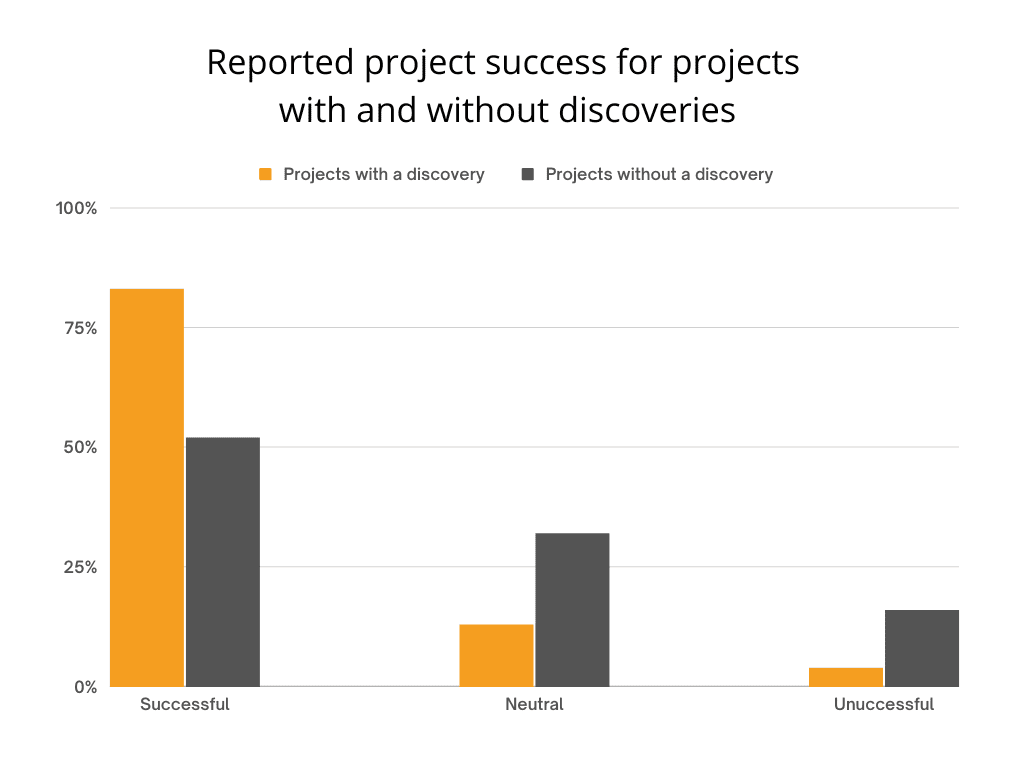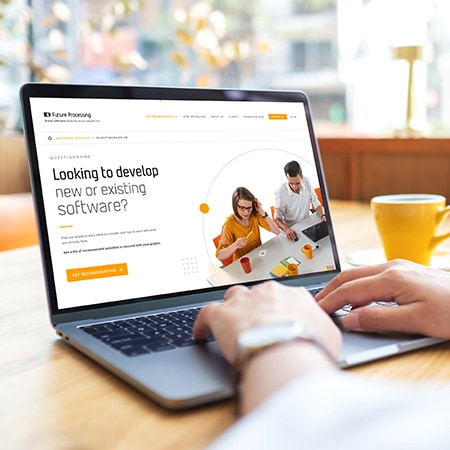
User-centred software design: why is it so important and how to use it to your advantage?
There is no way one can underestimate the importance of user-centred software design. Various research shows that companies which prioritise it outperform others by as much as 85%! Let’s check out why it matters so much and how to use it to your advantage!
What is user-centred design?
As its name suggests, it focuses mainly on end-users, but apart from that, it is also composed of a variety of other factors such as technology, technical feasibility, and business requirements.
Today, user-centred design is everywhere: most companies around the world know its importance and invest a lot of money in getting it right. But historically it wasn’t that way: some of you may still remember the times of unintuitive interfaces and programmes of the 1980s no one knew how to use. In recent years the great success of Google, Apple and Spotify proved that by focusing on users and their experience companies get better results and, obviously, more money.
Research shows that projects which don’t include user-centred approach are much more likely to fail. In fact, performing a discovery for a project increases the chance of its success by as much as 59%!
Why is user-centred software design so important?
To answer this question, let’s look at Spotify. If you’ve ever used it (and we are pretty sure you did) you must know how intuitive it is. But its ease of use is just one thing – an even more important one is that it responded to the needs shared by millions of users around the world who wanted to have a dedicated area where they could listen to music without downloading it, who needed a huge database of easily accessible songs, a good search engine and a possibility of personalisation of their playlists. That’s what they got from Spotify and that’s why it became one of the biggest brands, recognisable all over the world.
User-centred design – preparation
If you are keen to start a comprehensive user-centred design process and make it work to your advantage, you should begin with answering some important questions. Let’s look at them in more detail:
1. Do you want to work on an existing product, or do you want to create a new one?
If you are about to work on an existing product that is already on the market or is used in your company, for sure it has some users and there is some feedback about it. In that case, the process should start with gathering and analysing all available data to see how you can improve the product.
If it’s a new product you are about to create, you need to put your idea into words and make it understandable for others.
The process of discovering what you are exactly looking to achieve is called discovery phase. It is extremely important as it helps you define the idea and understand what you know about the product you want to design. We like to think it’s a process that allows businesses to get from chaos to being able to name your ideas.
2. How well do you know what your product is supposed to be doing?
Let’s say you discovered a gap in the market – do you know how to answer to it? And if so, do you have a ready solution? Even if you think you do, you may still need an expert to go through it and analyse it. Such an approach saves costs and helps to find and validate wrong assumptions.
3. Is your idea well documented?
Documenting your idea is another crucial stage, allowing you to prepare a thorough process. The documentation should include full design of all user paths and requirements specification.
4. Does your idea/product meet both business needs and user needs?
The answer to that question is a key to a successful software design – its readiness to respond to users’ needs is the main driver, but you should never forget to check its ability to satisfy your business goals.
5. What’s your timeline and budget?
It’s important to be aware of your deadlines and the budget you have, to know when to start the development process and decide what sort of activities you can undertake to optimise it and make the best use of the time and money available.
If you are keen to start thinking about your design process, consider using our online tool that helps establish how to start working on your product. To do so, go to our website, fill in the form with your data and answer some simple questions about the idea you have. That’s done, you will get a list of recommendations that will help you kick start the process as soon as you are ready for it.
Remember though that by answering those questions, you will see just a small fraction of what really needs to be done in the process. When you start collaborating with an external partner such as Future Processing, their aim will be to go through the process even deeper and cooperate with you at every stage to ensure the best solutions for your case.
How to go about starting a user-centred design process?
If you’ve already answered the questions above and used our online tool, it’s time to start.
This is why it’s advisable to look for a partner that can help you at every stage of the designing process. Future Processing is a trusted company with over twenty-two years of experience and a team of great and passionate people who do just that: design software products.
Our areas of expertise include:
- consultations on business strategy,
- conducting user research,
- analysing existing research data and giving recommendations,
- asking the questions that help validate whether the assumptions are correct,
- designing the solutions,
- validating the product prototype.
By working with us, our clients:
- save money by conducting a professional discovery phase which helps plan, anticipate and estimate,
- verify/validate existing assumptions with experts,
- get comprehensive user research and plan how to ensure the product’s success.
But we don’t stop there: even when the product is already on the market, we keep improving it. Our clients come back to us, knowing we always deliver on our promises.
To check how to implement a user-centred approach to make it work to your advantage, fill in our online form and get a list of recommendations to act on straight away!





